Tswana Traditional Dresses: Reviving and Preserving Centuries-Old Fashion Traditions
Tswana Traditional Dresses: Reviving and Preserving Centuries-Old Fashion Traditions

Introduction
Tswana traditional dresses are not just garments, but a reflection of centuries-old fashion traditions that have been passed down through generations. These dresses hold immense cultural significance and play a vital role in preserving the rich heritage of the Tswana people.
Brief overview of Tswana traditional dresses and their cultural significance
Tswana traditional dresses are characterized by their vibrant colors, intricate patterns, and unique designs. They are often made from colorful fabrics such as shweshwe, a printed cotton fabric that is synonymous with Tswana fashion. These dresses are worn on special occasions such as weddings, festivals, and cultural ceremonies, where they symbolize pride in one’s heritage and identity.
The Tswana traditional dress is not just a fashion statement; it serves as a visual representation of the Tswana culture and traditions. Each dress tells a story, with the patterns and colors representing different aspects of Tswana life, such as marriage, fertility, or social status. By wearing these dresses, individuals honor their ancestors and keep their cultural heritage alive.
In recent years, there has been a resurgence in the popularity of Tswana traditional dresses. Many designers and fashion enthusiasts are embracing these garments, incorporating modern elements while staying true to the traditional aesthetics. This revival not only celebrates the beauty of Tswana fashion but also ensures that these centuries-old fashion traditions continue to thrive for future generations.
In conclusion, Tswana traditional dresses are more than just clothing; they are a celebration of culture, identity, and heritage. By reviving and preserving these fashion traditions, the Tswana people are keeping their rich history alive and passing it on to future generations.


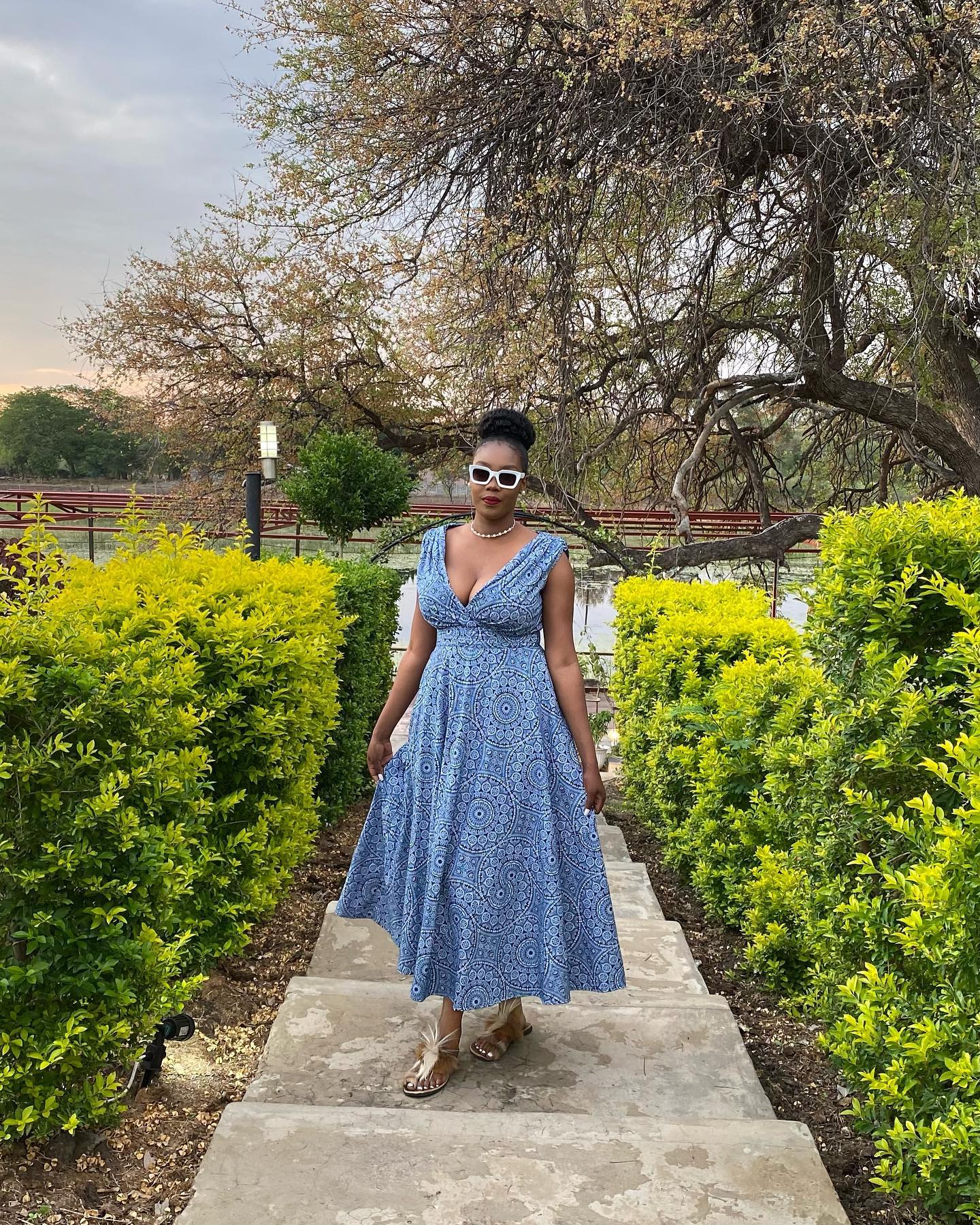
History and Evolution of Tswana Traditional Dresses
Exploring the origins and development of Tswana traditional attire over the centuries
The Tswana people have a rich cultural heritage, and their traditional dresses are a significant part of their identity. These dresses have evolved over centuries, reflecting the history, customs, and beliefs of the Tswana community.
Tswana traditional dresses are known for their vibrant colors, intricate patterns, and unique designs. They are often made from locally sourced materials such as animal skins, beads, and cotton fabric. The dresses are carefully crafted by skilled artisans who have passed down their knowledge from generation to generation.
These traditional dresses hold great cultural significance for the Tswana people. They are worn during special occasions such as weddings, initiation ceremonies, and festivals. Each dress tells a story and represents the wearer’s social status, age group, and marital status.
In recent years, there has been a renewed interest in reviving and preserving Tswana traditional dresses. Many young designers and fashion enthusiasts are incorporating elements of Tswana attire into modern fashion trends. This fusion of traditional and contemporary styles not only celebrates the Tswana culture but also promotes cultural diversity and inclusivity.
By embracing and promoting Tswana traditional dresses, the community is preserving its centuries-old fashion traditions. It allows future generations to connect with their roots and appreciate the beauty and craftsmanship of these garments.
In conclusion, Tswana traditional dresses are not just pieces of clothing; they are symbols of cultural heritage and pride. Through their history and evolution, these dresses continue to play an essential role in preserving the traditions of the Tswana people.



Different Styles and Designs of Tswana Traditional Dresses
Showcasing the various styles, patterns, and designs of Tswana traditional dresses
Tswana traditional dresses are not just garments; they are a reflection of centuries-old fashion traditions. These dresses carry cultural significance and are an integral part of Tswana identity. The Tswana people take great pride in their traditional attire, which is known for its vibrant colors, intricate patterns, and unique designs.
One popular style of Tswana traditional dress is the “pelepele” dress. This dress is characterized by its bold, geometric patterns and bright colors. It is often worn for special occasions such as weddings or cultural festivals. Another style is the “letlhogonolo” dress, which features intricate beadwork and embroidery. This dress is a symbol of wealth and status within the Tswana community.
The designs of Tswana traditional dresses vary from region to region, with each area having its own distinct style. Some dresses feature animal motifs, while others incorporate traditional symbols and motifs that hold cultural significance. The use of vibrant colors such as red, blue, and yellow adds to the visual appeal of these dresses.
Reviving and preserving these centuries-old fashion traditions is crucial to maintaining the cultural heritage of the Tswana people. By wearing and showcasing Tswana traditional dresses, individuals can contribute to the preservation of these unique fashion traditions and keep them alive for future generations.
In conclusion, Tswana traditional dresses are not just clothing; they are a representation of cultural identity and heritage. The various styles, patterns, and designs of these dresses showcase the rich history and traditions of the Tswana people. By embracing and promoting these traditional garments, we can ensure that this centuries-old fashion tradition continues to thrive.

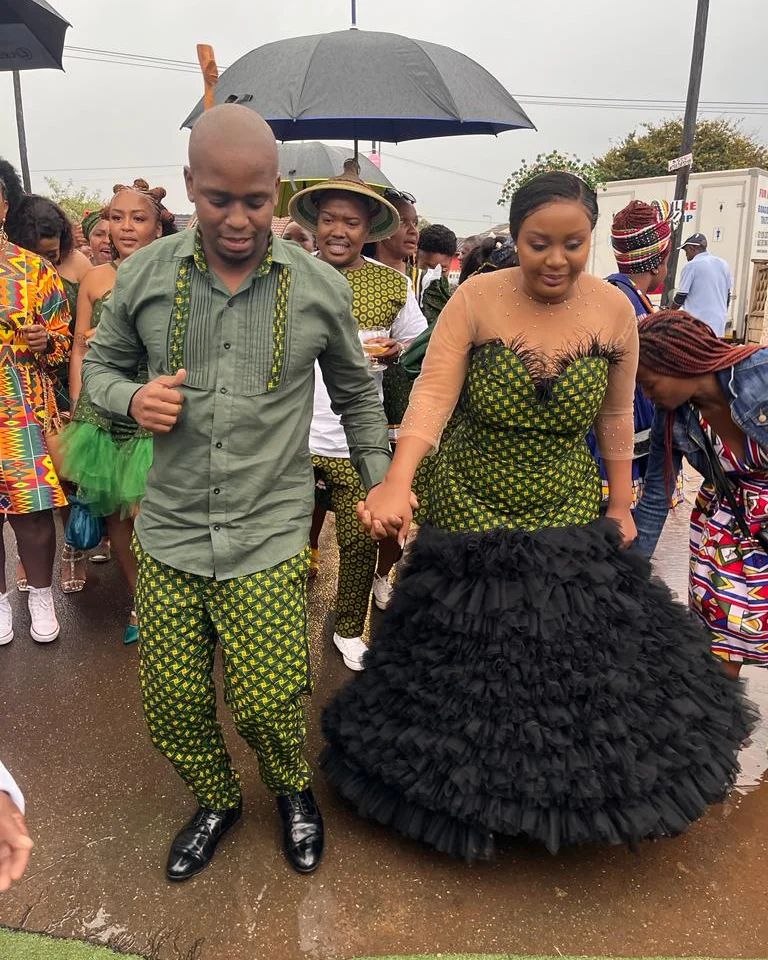
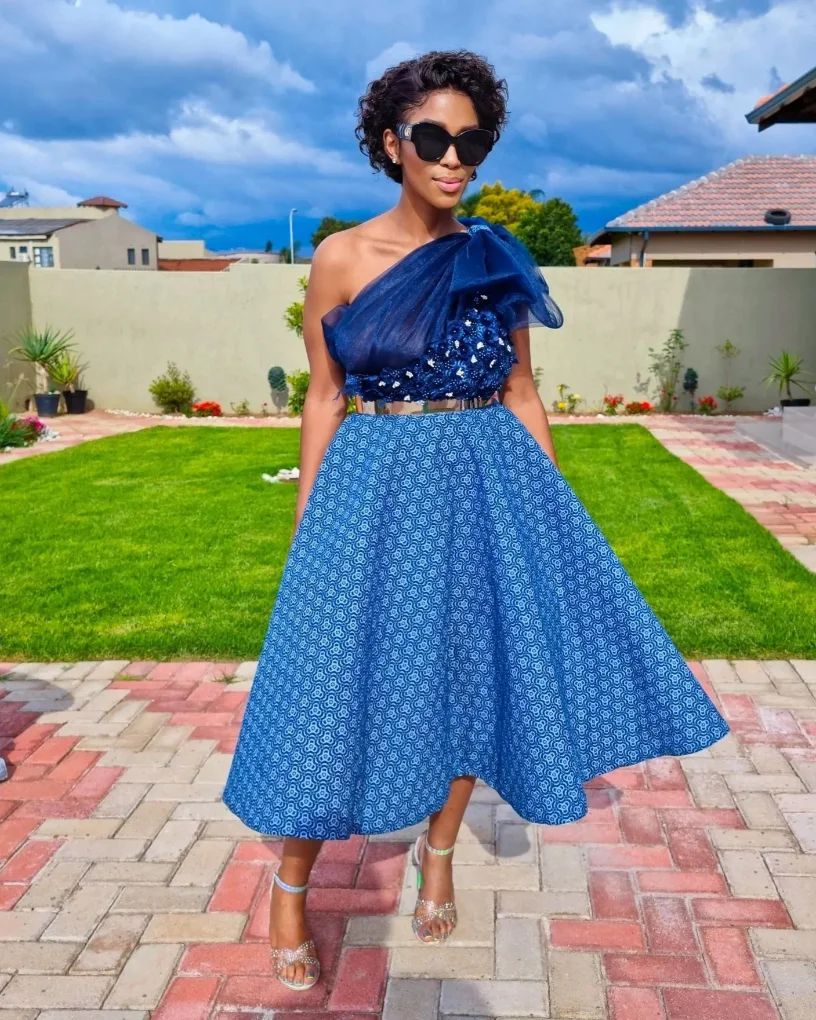
Materials and Techniques Used in Tswana Traditional Dresses
Highlighting the materials, fabrics, and traditional techniques employed in making Tswana dresses
Tswana traditional dresses are not just garments; they are a representation of centuries-old fashion traditions that have been passed down through generations. These dresses are made using a variety of materials and fabrics, each with its own significance.
One of the most commonly used materials in Tswana traditional dresses is shweshwe fabric. This fabric, originally brought to South Africa by German settlers, has become an integral part of Tswana culture. It is known for its vibrant colors and intricate patterns, which are often symbolic of different aspects of Tswana life.
In addition to shweshwe fabric, Tswana dresses also incorporate other materials such as cotton, silk, and lace. These materials add a touch of elegance and sophistication to the dresses, making them suitable for special occasions like weddings and festivals.
When it comes to the techniques employed in making Tswana dresses, hand embroidery plays a significant role. Skilled artisans meticulously stitch intricate patterns onto the fabric, adding a unique touch to each dress. This technique not only enhances the beauty of the dress but also showcases the craftsmanship and artistry of the Tswana people.
By preserving and reviving these centuries-old fashion traditions, Tswana traditional dresses serve as a cultural symbol and a source of pride for the Tswana community. They not only celebrate their rich heritage but also provide an opportunity for future generations to connect with their roots and appreciate the beauty of their traditional attire.

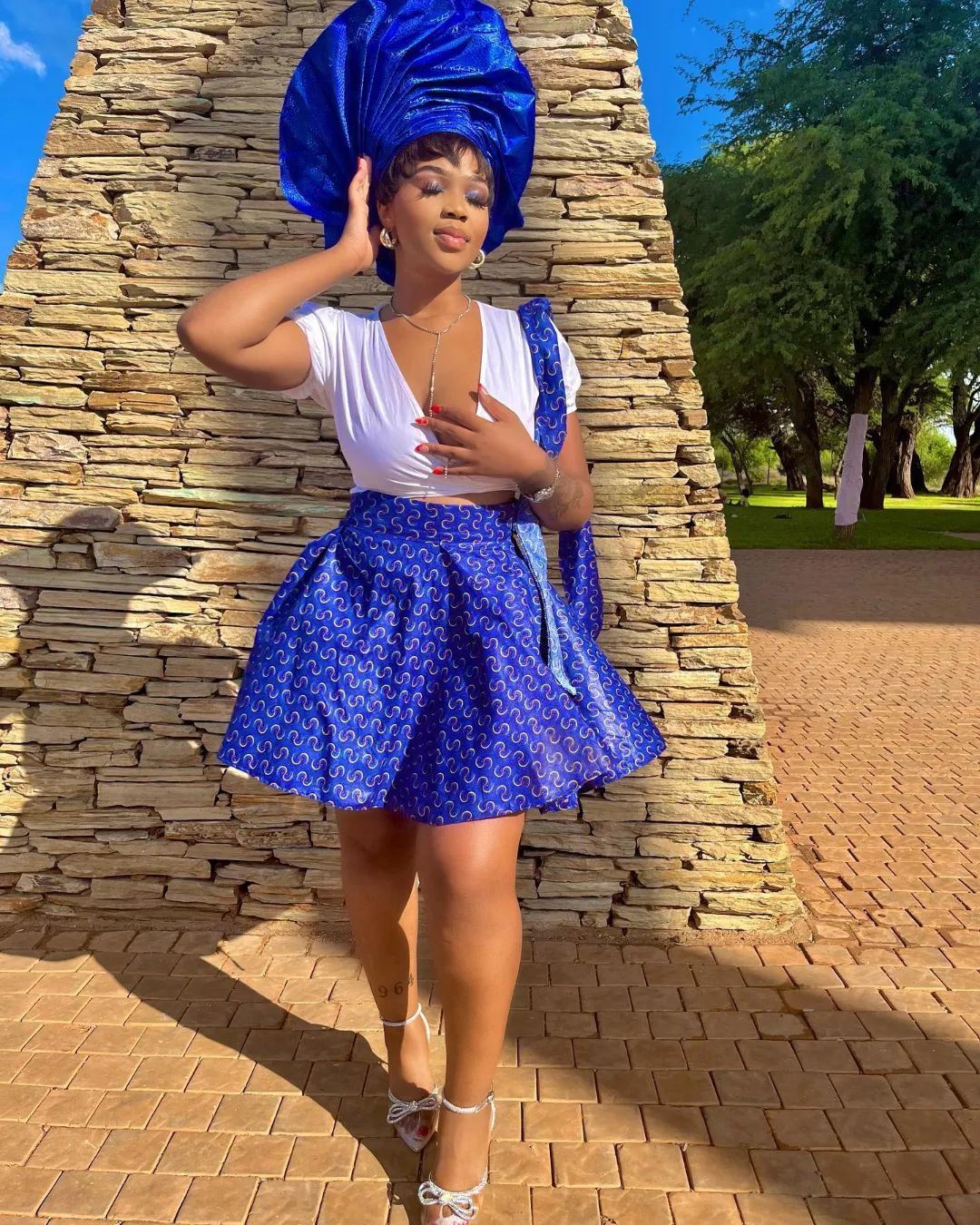

Tswana Dress Accessories and Adornments
Exploring the accessories and adornments traditionally worn with Tswana dresses
Tswana traditional dresses are not just about the garments themselves, but also the accompanying accessories and adornments that complete the look. These accessories play a significant role in preserving and reviving centuries-old fashion traditions.
- Headpieces: Tswana women often wear intricately designed headpieces made from beads, feathers, or fabric. These headpieces add a touch of elegance and cultural significance to the overall attire.
- Jewelry: Jewelry is an essential part of Tswana dress culture. Women wear necklaces, bracelets, and earrings made from beads, shells, or metals like gold and silver. These pieces not only enhance the beauty of the outfit but also symbolize status and wealth.
- Belts: Belts are commonly worn with Tswana dresses to accentuate the waistline and add a stylish touch. They are often made from leather or fabric and feature intricate patterns or beadwork.
- Shawls: Tswana women drape colorful shawls over their shoulders to complement their dresses. These shawls are usually made from vibrant fabrics and can be worn in various styles, adding versatility to the outfit.
- Footwear: Completing the ensemble, Tswana women wear traditional sandals or shoes made from leather or fabric. These footwear options are not only comfortable but also showcase the craftsmanship of local artisans.
By embracing these accessories and adornments, individuals can honor and preserve the rich cultural heritage of Tswana fashion. They add depth, meaning, and beauty to the traditional dresses, making them more than just garments but symbols of identity and tradition.
Tswana Traditional Dresses as a Cultural Symbol
Examining the role of Tswana traditional dresses in preserving and showcasing Tswana culture and identity
Tswana traditional dresses hold a significant place in the cultural heritage of the Tswana people. These dresses are not just garments; they are a representation of centuries-old fashion traditions that have been passed down through generations.
The Tswana traditional dress, known as “letoe,” is characterized by vibrant colors, intricate patterns, and unique designs. It is worn during special occasions such as weddings, festivals, and cultural ceremonies.
By wearing these traditional dresses, the Tswana people are able to preserve and showcase their rich cultural heritage. The dresses serve as a visual symbol of their identity and pride in their traditions. They also play a role in connecting the younger generation to their roots and teaching them about their history and customs.
In addition to preserving cultural traditions, Tswana traditional dresses also contribute to the local economy. Many skilled artisans and seamstresses are involved in creating these beautiful garments, providing employment opportunities and supporting local businesses.
Reviving and preserving Tswana traditional dresses is essential for maintaining cultural diversity and celebrating the unique heritage of the Tswana people. By embracing these dresses and sharing their significance with the world, the Tswana community ensures that their fashion traditions continue to thrive for generations to come.



Reviving and Modernizing Tswana Traditional Dresses
Exploring contemporary adaptations and efforts to revive and modernize Tswana traditional dresses
The Tswana people of Southern Africa have a rich cultural heritage, including their traditional dresses. These dresses are not only a symbol of their identity but also a way to showcase their creativity and craftsmanship. In recent years, there has been a renewed interest in reviving and modernizing Tswana traditional dresses, keeping the centuries-old fashion traditions alive.
Designers and fashion enthusiasts are incorporating contemporary elements into the traditional dress styles, creating unique and stylish outfits. This fusion of old and new has brought a fresh perspective to Tswana fashion, attracting a wider audience and making it more relevant in today’s world.
Efforts are also being made to preserve the traditional techniques used in creating Tswana dresses. Artisans and craftsmen are passing down their knowledge to younger generations, ensuring that the intricate beadwork, embroidery, and fabric patterns are not lost over time.
Furthermore, events and fashion shows are being organized to showcase the beauty and versatility of Tswana traditional dresses. These platforms provide an opportunity for designers to display their innovative designs while honoring the cultural significance of the garments.
By reviving and modernizing Tswana traditional dresses, the community is not only preserving their heritage but also creating economic opportunities. The demand for these unique garments has led to the growth of local businesses, empowering artisans and contributing to the cultural tourism industry.
In conclusion, the revival and modernization of Tswana traditional dresses are essential in preserving centuries-old fashion traditions. Through contemporary adaptations and efforts to pass down traditional techniques, these dresses continue to be celebrated as a symbol of cultural identity and artistic expression.


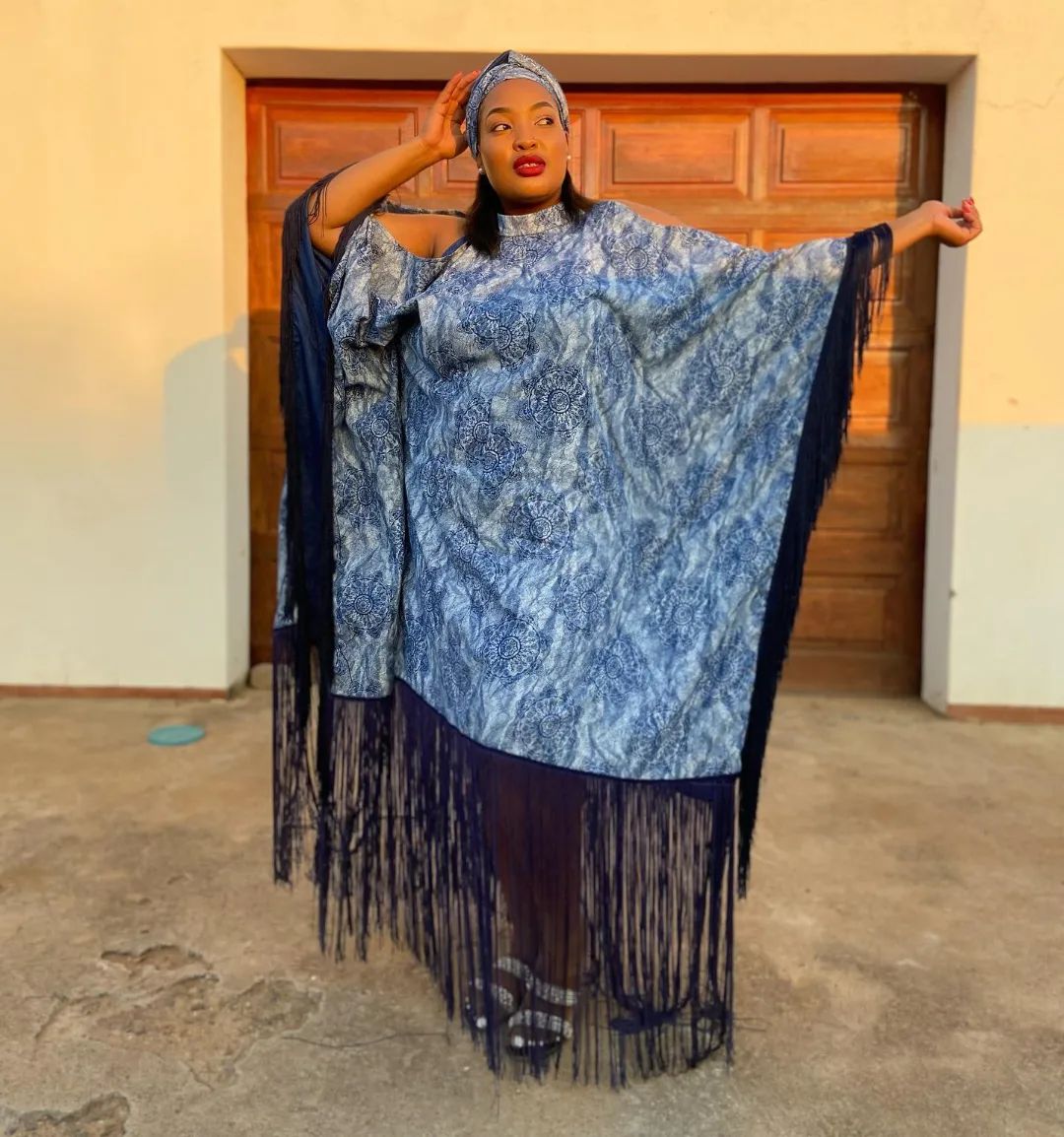
Influences and Inspirations in Tswana Traditional Dress Fashion
Discussing the influences and inspirations in Tswana traditional dress fashion, including global trends and cultural exchanges
The fashion world is constantly evolving, and traditional dress styles are no exception. Tswana traditional dresses have a rich history that dates back centuries, and today, they continue to be celebrated and revived.
Influences from global fashion trends have played a significant role in shaping Tswana traditional dress fashion. The fusion of modern and traditional elements has resulted in unique and vibrant designs that appeal to both young and old. Additionally, cultural exchanges between different communities have contributed to the evolution of Tswana traditional dress styles.
One of the key influences in Tswana traditional dress fashion is the incorporation of bold colors and intricate patterns. These elements not only reflect the vibrant culture of the Tswana people but also add a contemporary touch to the traditional attire.
Another inspiration comes from the use of different fabrics. While traditional materials like leather and animal skins are still used, there has been an introduction of fabrics such as cotton, silk, and satin. This blend of traditional and modern materials adds versatility to Tswana traditional dresses.
Furthermore, accessories like beaded necklaces, bracelets, and headpieces play a crucial role in completing the Tswana traditional dress look. These accessories not only enhance the overall appearance but also showcase the craftsmanship and attention to detail.
In conclusion, Tswana traditional dress fashion is a beautiful blend of tradition and modernity. Influences from global trends and cultural exchanges have revitalized this centuries-old fashion tradition, ensuring its preservation for generations to come.



Conclusion
Reflecting on the importance of reviving and preserving Tswana traditional dresses for future generations
The revival and preservation of Tswana traditional dresses hold immense significance for future generations. These centuries-old fashion traditions not only showcase the rich cultural heritage of the Tswana people but also serve as a source of pride and identity. By embracing and promoting these traditional dresses, we can ensure that they continue to be cherished and passed down to future generations. Through initiatives that celebrate and educate about Tswana fashion traditions, we can keep these customs alive and thriving. Let us honor the past while paving the way for a vibrant future where Tswana traditional dresses continue to inspire and captivate.
Comments are closed.